Turning Your Propane Grill Into a Smoker
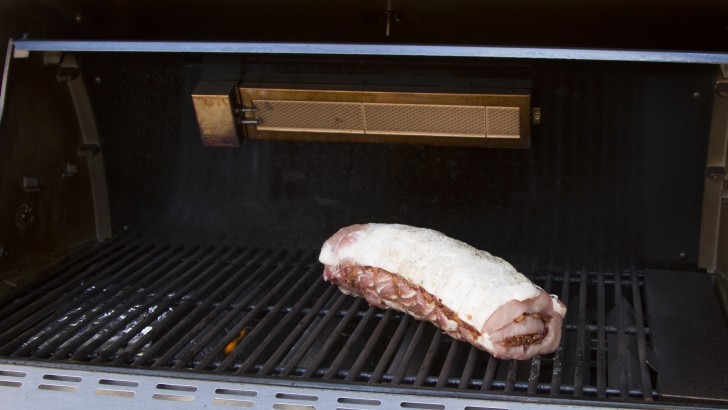
Propane grills aren’t just for burgers and steaks anymore. With a few tricks, you can mimic the indirect low and slow heat of a traditional smoker and produce quality cuts of slow-smoked barbecue. You can even use it for a simple turkey smoker.
How to Convert Your Gas Grill Into a Smoker
Start by identifying your heat sources, and get your grill setup for a little indirect cooking. When cooking low and slow (225-250°F [107-121°C]), avoid directly exposing your meat to the heat source. That’s called grilling! Check out our post, The Difference Between Grilling and Barbecue for more information on the temperature differences between direct and indirect heat cooking. Or check out our BBQ 101 series to learn more about smoker types and how they’re used.
Setting up your cooker so your meat is not in the direct path of the heat source will allow heat to circulate around the meat, which results in cooking by convection. Heat is transferred to the food by a fluid – in this case, air, and conduction carries the surface heat through to the center of the cut.
Set up Your Gas Grill for A Two-Zone Fire
Establish hot and cool zones by turning on (or leaving off) the burners. For example, if your propane grill is equipped with four burners, turn on burners one and two, or three and four (see diagram). This will create a single heat source allowing you to place your meat on the cooler area of the grill.
If your propane cooker only has three burners, turn the burner closest to the left (or right) on high, and set the middle burner to medium, or low depending on the target temperature you’re trying to achieve. Leave the remaining burner off. Again, this will create a cool zone allowing you to land the meat over the burner that’s been left in the off position.
Water Pan
With your heat sources identified, continue set up. You’ll need a disposable aluminum pan filled with water to deliver moisture in the otherwise dry environment of the grill—and wood chunks to give your meat a sweet kiss of smoky flavor. A humid environment keeps the exterior of the meat tacky and better able to absorb smoke.
Start by removing the grill grates. Get yourself a disposable aluminum pan, fill half way with water and set on top of the protective heat deflectors in the hot zone you established earlier.
Wood Chip Packet
Adjacent to the water pan, and as close to the heat as you can get, place your wood chunks. To avoid flare ups, wrap your chunks, or wood chips in aluminum foil making sure to poke a few holes in the top so the smoke can escape more easily. Depending on the size of the chunks, your best bet is to place the wood between the heat deflectors in your hot zone.
Temperature Tracking
Once your water pan is in place, and your wood chunks ready, replace the grill grates and turn on the burners in your hot zone as designated earlier. Let your grill come to temperature. Depending on your target smoking temperature, between 225-250°F (107-121°C), you may be looking at 20 to 30 minutes. Adjust your settings as needed to help maintain your target temperature.
Whatever you do, don’t use the from-the-factory dome thermometer that comes with the cooker to monitor the internal temperature of your grill (now smoker). Instead, for reasons we mention in our Dome Temperature vs Grill Temperature post, use a thermocouple probe thermometer to monitor the temperature at the grill grate level. We suggest the Crocodile Clip Oven Probe, which can be clipped anywhere on the grill surface and is built to withstand temperatures up to 660°F (349°C).
Proper Probe Placement
The placement of the probe is also important to ensure you’re monitoring the temperature correctly. For larger grill surfaces, place the sensor no more than one inch from the surface of the meat you’re cooking. This will allow you to measure temperatures right at the surface of the meat. For smaller grill surfaces, where the meat takes up the lion share of the cooking area, place the probe no less than one inch from the wall of the smoker. Any closer and your readings may be compromised by the surface heat emitted from the wall.
Monitor the internal temperature of your meat with a leave-in probe thermometer. The Smokehouse Penetration probe is perfect for this because its stainless steel lead is durable enough to withstand the temps of the grill but thin enough to close snugly in the lid of the cooker.
For added peace of mind, monitor both ambient and internal temperatures on one unit with the ThermaQ® 2-Channel Thermocouple Alarm. This will allow you to know what’s happening inside of your smoker without having to open the lid. You won’t lose any valuable smoke and heat, which means dinner will be done that much sooner.
Or for even more convenience and power, use our brand new ThermaQ WiFi unit that actually pairs to an app on your phone so you can move on with your day, even drive across town, while still keeping a close eye on your smoker temps and get timely alerts if any alarms are triggered.
Products Referenced:


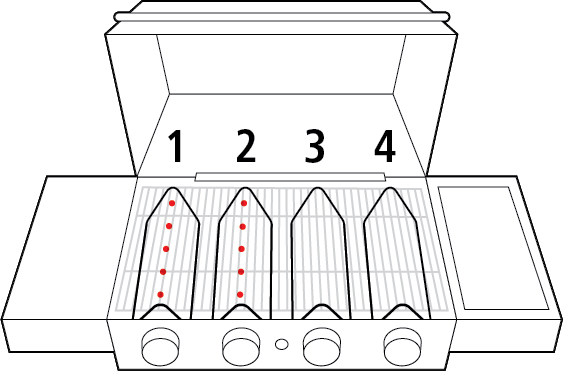
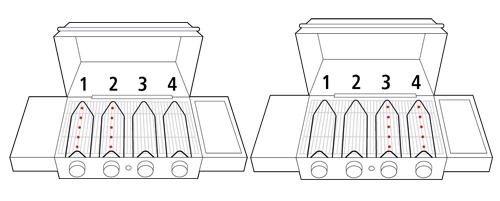

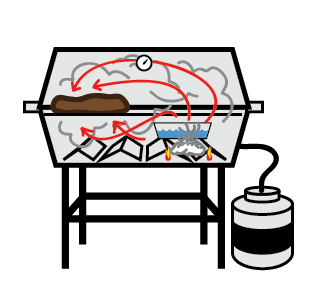

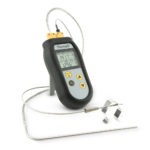
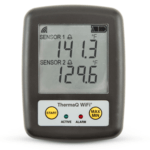
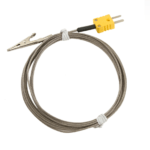

Well I truly enjoyed reading it. This information procured by you is very practical for proper planning.
My favorite part of this article is the importance of knowing the right location for your propane for safety. My uncle mentioned to me last night that he is planning to have gas barbecue grills installed in their home for our family gatherings, and asked if I have any idea how much does it cost. Thanks to this informative article, I’ll be sure to tell him that it will be much better if he consults a trusted propane service as they can answer all his inquiries.
thank you for the information
Does the wood chip packet go underneath the water pan directly on the burner?
Yes, it does.
I have a American Gourmet grill its propane I am
New of grilling so I get some wood chips and wrap it in foil and put it on second burner and have it on low heat right????
Cut a few slits in the top of the foil packet, but yes, that’s right!
Maybe I missed it, but did you say *when* to place the food on the grill? Do you do so at the same time as it’s warming up and building up smoke — or *after* that 20-30 startup phase? Seems like if you did the latter, you’d let all the smoke out.
Also: do you see any value to smoking the wood chips in water before encasing them in foil? You often see this advice, but it seems to me the wood absorbs almost no water. And if the water is making the wood wet but actually just sitting on top of the wood that it would evaporate pretty early on in the smoking process.
Thanks!!!
You want the grill preheated before you put the food and the woodchips in. But put the food and woodchips in together, so you get the full smoking effect. And no, we don’t soak them. We just let them smoke!
Do you soak the wood chips in water before placing them on the burner in the foil packet.
No, they go in dry. That way the smoke starts sooner.
Does this consume a lot of propane from the tank though I’m worried it’s going to die out really quickly if I’m smoking something for say 4 hours or whatever it may be.
Because you’re cooking at a low-and-slow temperature, you should be ok on a tank. If you were grilling hot and fast, it’d be a problem.